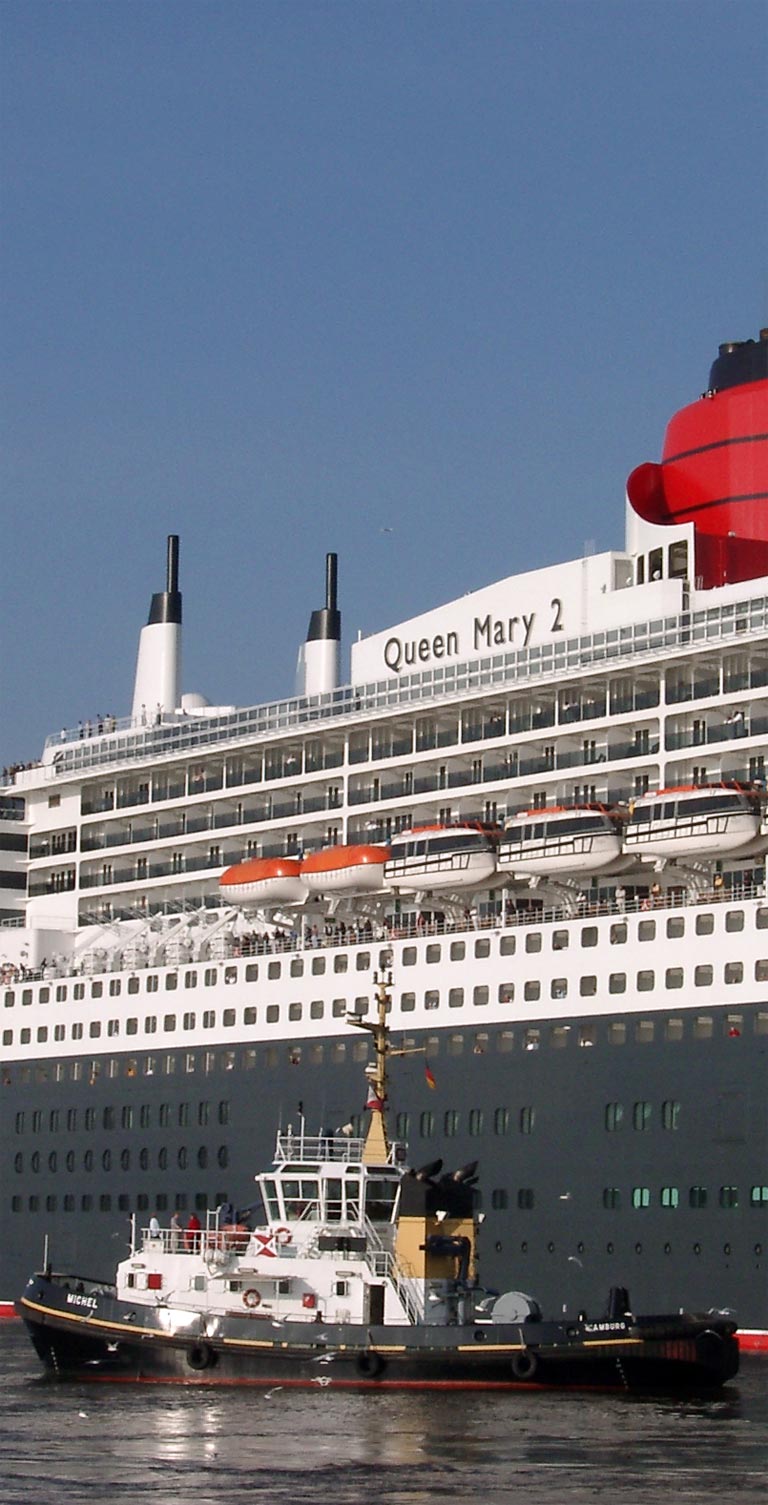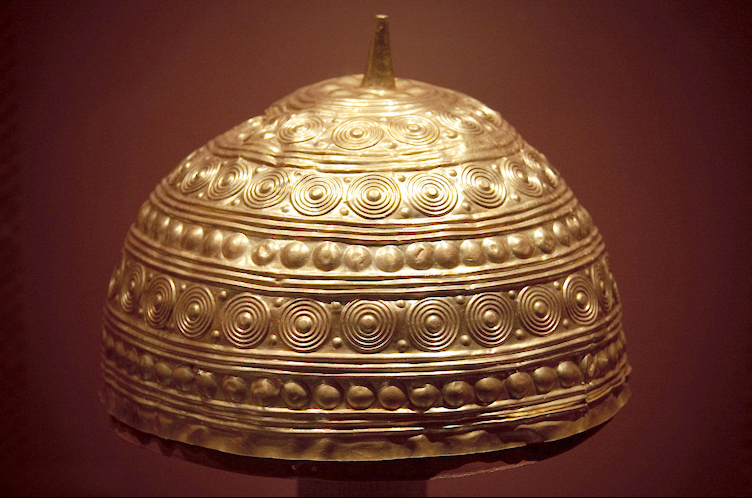|
A Capela
A Capela is a municipality in province of A Coruña in the autonomous community of Galicia in north-western Spain. It is located in the comarca of Eume. It has a population of 1,238 inhabitants ( INE, 2018) and a population density of 24.81 inhabitants per square kilometer. References See also * Fragas do Eume *List of municipalities in A Coruña A Coruña (province), A Coruña is a provinces of Spain, province in the Autonomous communities of Spain, autonomous community of Galicia (Spain), Galicia, Spain, that is divided into 93 Municipalities of Spain, municipalities. Spanish census, ... Capela, A {{Galicia-geo-stub ... [...More Info...] [...Related Items...] OR: [Wikipedia] [Google] [Baidu] |
Autonomous Communities In Spain
The autonomous communities () are the first-level administrative divisions of Spain, created in accordance with the Spanish Constitution of 1978, with the aim of guaranteeing limited autonomy to the nationalities and regions that make up Spain. There are 17 autonomous communities and two autonomous cities (Ceuta and Melilla) that are collectively known as "autonomies". The two autonomous cities have the right to become autonomous communities. The autonomous communities exercise their right to self-government within the limits set forth in the constitution and organic laws known as Statutes of Autonomy, which broadly define the powers that they assume. Each statute sets out the devolved powers () for each community; typically those communities with stronger local nationalism have more powers, and this type of devolution has been called ''asymmetrical'' which is on the whole seen as advantageous, able to respond to diversity. Despite the Constitution not setting a mandato ... [...More Info...] [...Related Items...] OR: [Wikipedia] [Google] [Baidu] |
Galicia, Spain
Galicia ( ; or ; ) is an Autonomous communities of Spain, autonomous community of Spain and nationalities and regions of Spain, historic nationality under Spanish law. Located in the northwest Iberian Peninsula, it includes the provinces of Spain, provinces of La Coruña (province), A Coruña, Lugo (province), Lugo, Ourense (province), Ourense, and Pontevedra (province), Pontevedra. Galicia is located in Atlantic Europe. It is bordered by Portugal to the south, the Spanish autonomous communities of Castile and León and Asturias to the east, the Atlantic Ocean to the west, and the Cantabrian Sea to the north. It had a population of 2,705,833 in 2024 and a total area of . Galicia has over of coastline, including its offshore islands and islets, among them Cíes Islands, Ons Island, Ons, Sálvora, Cortegada Island, which together form the Atlantic Islands of Galicia National Park, and the largest and most populated, A Illa de Arousa. The area now called Galicia was first in ... [...More Info...] [...Related Items...] OR: [Wikipedia] [Google] [Baidu] |
Provinces Of Spain
A province in Spain * , ; grammatical number, sing. ''provincia'') * Basque language, Basque (, grammatical number, sing. ''probintzia''. * Catalan language, Catalan (), grammatical number, sing. ''província''. * Galician language, Galician (), grammatical number, sing. ''provincia''. is a political divisions of Spain, territorial division defined as a collection of municipalities of Spain, municipalities. The current provinces of Spain correspond by and large to the provinces created under the purview of the 1833 territorial division of Spain, 1833 territorial re-organization of Spain, with a similar predecessor from 1822 territorial division of Spain, 1822 (during the Trienio Liberal) and an earlier precedent in the 1810 Napoleonic division of Spain into 84 prefectures. There are many other groupings of municipalities that comprise the local government in Spain, local government of Spain. The boundaries of provinces can only be altered by the Spanish Parliament, giving ri ... [...More Info...] [...Related Items...] OR: [Wikipedia] [Google] [Baidu] |
Province Of A Coruña
The province of A Coruña ( ; ; historical ) is the northwesternmost province of Spain, and one of the four provinces which constitute the autonomous community of Galicia. This province is surrounded by the Atlantic Ocean to the west and north, Pontevedra Province to the south and Lugo Province to the east. History The history of this province starts at the end of the Middle Ages during the reign of the Catholic Monarchs of Spain. During those years this province was far smaller than today. This is because in the 1833 territorial division of Spain the entire Province of Betanzos together with half of the Mondoñedo were amalgamated into one single province with its capital city in A Coruña. Since 1833, the province has always been the one with the largest population and largest coast. Until the second half of the 20th century, this province was both the religious and cultural centre of the entire region. The University of Santiago de Compostela was the only universi ... [...More Info...] [...Related Items...] OR: [Wikipedia] [Google] [Baidu] |
Comarcas Of Galicia
Galicia (Spain), Galicia is divided into ''Comarcas of Spain, comarcas''. In Galician language, Galician, ''comarcas'' are sometimes also called ''bisbarras'' (). There are 53 comarcas in Galicia (Spain), Galicia. Comarcas of the province of A Coruña * A Barcala * A Coruña (comarca), A Coruña * Arzúa (comarca), Arzúa * Barbanza * Betanzos (comarca), Betanzos * Bergantiños * Eume * Ferrol (comarca), Ferrol * Fisterra (comarca), Fisterra * Muros (comarca), Muros * Noia (comarca), Noia * O Sar * Ordes (comarca), Ordes * Ortegal * Santiago (comarca), Santiago * Terra de Melide * Terra de Soneira * Xallas Comarcas of the province of Lugo * A Fonsagrada (comarca), A Fonsagrada * A Mariña Central * A Mariña Occidental * A Mariña Oriental * A Ulloa * Chantada (comarca), Chantada * Lugo (comarca), Lugo * Meira (comarca), Meira * Os Ancares * Quiroga (comarca), Quiroga * Sarria (comarca), Sarria * Terra Chá * Terra de Lemos Comarcas of the province of Ourense * Allariz - Mac ... [...More Info...] [...Related Items...] OR: [Wikipedia] [Google] [Baidu] |
Eume
O Eume is a comarca in the province of A Coruña, Galicia, Spain. Its capital is the municipality of Pontedeume. It contains five municipalities and 24,629 inhabitants INE 2018 in an area of 538.7 km2. Municipalities The five municipalities within the comarca are as follows, listed below with their areas and populations: See also * Comarcas of Spain * Galicia (Spain) Galicia ( ; or ; ) is an Autonomous communities of Spain, autonomous community of Spain and nationalities and regions of Spain, historic nationality under Spanish law. Located in the northwest Iberian Peninsula, it includes the provinces o ... References O Eume {{Galicia-stub ... [...More Info...] [...Related Items...] OR: [Wikipedia] [Google] [Baidu] |
Central European Time
Central European Time (CET) is a standard time of Central, and parts of Western Europe, which is one hour ahead of Coordinated Universal Time (UTC). The UTC offset, time offset from UTC can be written as UTC+01:00. It is used in most parts of Europe and in several African countries. CET is also known as Middle European Time (MET, German: :de:Mitteleuropäische Zeit, MEZ) and by colloquial names such as Amsterdam Time, Berlin Time, Brussels Time, Budapest Time, Madrid Time, Paris Time, Stockholm Time, Rome Time, Prague time, Warsaw Time or Romance Standard Time (RST). The 15th meridian east is the central axis per UTC+01:00 in the world system of time zones. As of 2023, all member state of the European Union, member states of the European Union observe summer time (daylight saving time), from the last Sunday in March to the last Sunday in October. States within the CET area switch to Central European Summer Time (CEST, UTC+02:00) for the summer. The next change to CET is scheduled ... [...More Info...] [...Related Items...] OR: [Wikipedia] [Google] [Baidu] |
Central European Summer Time
Central European Summer Time (CEST, UTC+02:00), sometimes referred to as Central European Daylight Time (CEDT), is the standard clock time observed during the period of summer daylight-saving in those European countries which observe Central European Time (CET; UTC+01:00) during the other part of the year. It corresponds to UTC+02:00, which makes it the same as Eastern European Time, Central Africa Time, South African Standard Time, Egypt Standard Time and Kaliningrad Time in Russia. Names Other names which have been applied to Central European Summer Time are Middle European Summer Time (MEST), Central European Daylight Saving Time (CEDT), and Bravo Time (after the second letter of the NATO phonetic alphabet). Period of observation Since 1996, European Summer Time has been observed between 01:00 UTC (02:00 CET and 03:00 CEST) on the last Sunday of March, and 01:00 UTC on the last Sunday of October; previously the rules were not uniform across the European Union. The ... [...More Info...] [...Related Items...] OR: [Wikipedia] [Google] [Baidu] |
Galicia (Spain)
Galicia ( ; or ; ) is an Autonomous communities of Spain, autonomous community of Spain and nationalities and regions of Spain, historic nationality under Spanish law. Located in the northwest Iberian Peninsula, it includes the provinces of Spain, provinces of La Coruña (province), A Coruña, Lugo (province), Lugo, Ourense (province), Ourense, and Pontevedra (province), Pontevedra. Galicia is located in Atlantic Europe. It is bordered by Portugal to the south, the Spanish autonomous communities of Castile and León and Asturias to the east, the Atlantic Ocean to the west, and the Cantabrian Sea to the north. It had a population of 2,705,833 in 2024 and a total area of . Galicia has over of coastline, including its offshore islands and islets, among them Cíes Islands, Ons Island, Ons, Sálvora, Cortegada Island, which together form the Atlantic Islands of Galicia National Park, and the largest and most populated, A Illa de Arousa. The area now called Galicia was first in ... [...More Info...] [...Related Items...] OR: [Wikipedia] [Google] [Baidu] |
Spain
Spain, or the Kingdom of Spain, is a country in Southern Europe, Southern and Western Europe with territories in North Africa. Featuring the Punta de Tarifa, southernmost point of continental Europe, it is the largest country in Southern Europe and the fourth-most populous European Union member state. Spanning across the majority of the Iberian Peninsula, its territory also includes the Canary Islands, in the Eastern Atlantic Ocean, the Balearic Islands, in the Western Mediterranean Sea, and the Autonomous communities of Spain#Autonomous cities, autonomous cities of Ceuta and Melilla, in mainland Africa. Peninsular Spain is bordered to the north by France, Andorra, and the Bay of Biscay; to the east and south by the Mediterranean Sea and Gibraltar; and to the west by Portugal and the Atlantic Ocean. Spain's capital and List of largest cities in Spain, largest city is Madrid, and other major List of metropolitan areas in Spain, urban areas include Barcelona, Valencia, Seville, ... [...More Info...] [...Related Items...] OR: [Wikipedia] [Google] [Baidu] |
Instituto Nacional De Estadística (Spain)
The (INE; ) is the official government agency in Spain that collects statistics about demography, the economy, and Spanish society. It is an autonomous organization responsible for overall coordination of statistical services of the General State Administration in monitoring, control and supervision of technical procedures. Every 10 years, the institute conducts a national census. History First agency and evolution The oldest statistics agency of Spain and the predecessor of the current agency was the General Statistics Commission of the Kingdom, created on 3 November 1856 during the reign of Isabella II. The so-then Prime Minister Narváez approved a decree creating this body and ordering that people with recognized ability in this matter were part of it. On 1 May 1861 the Commission changed its name to General Statistics Board and their first work was to do a population census. By a decree of 12 September 1870 Prime Minister Serrano created the Geographic Institute a ... [...More Info...] [...Related Items...] OR: [Wikipedia] [Google] [Baidu] |



